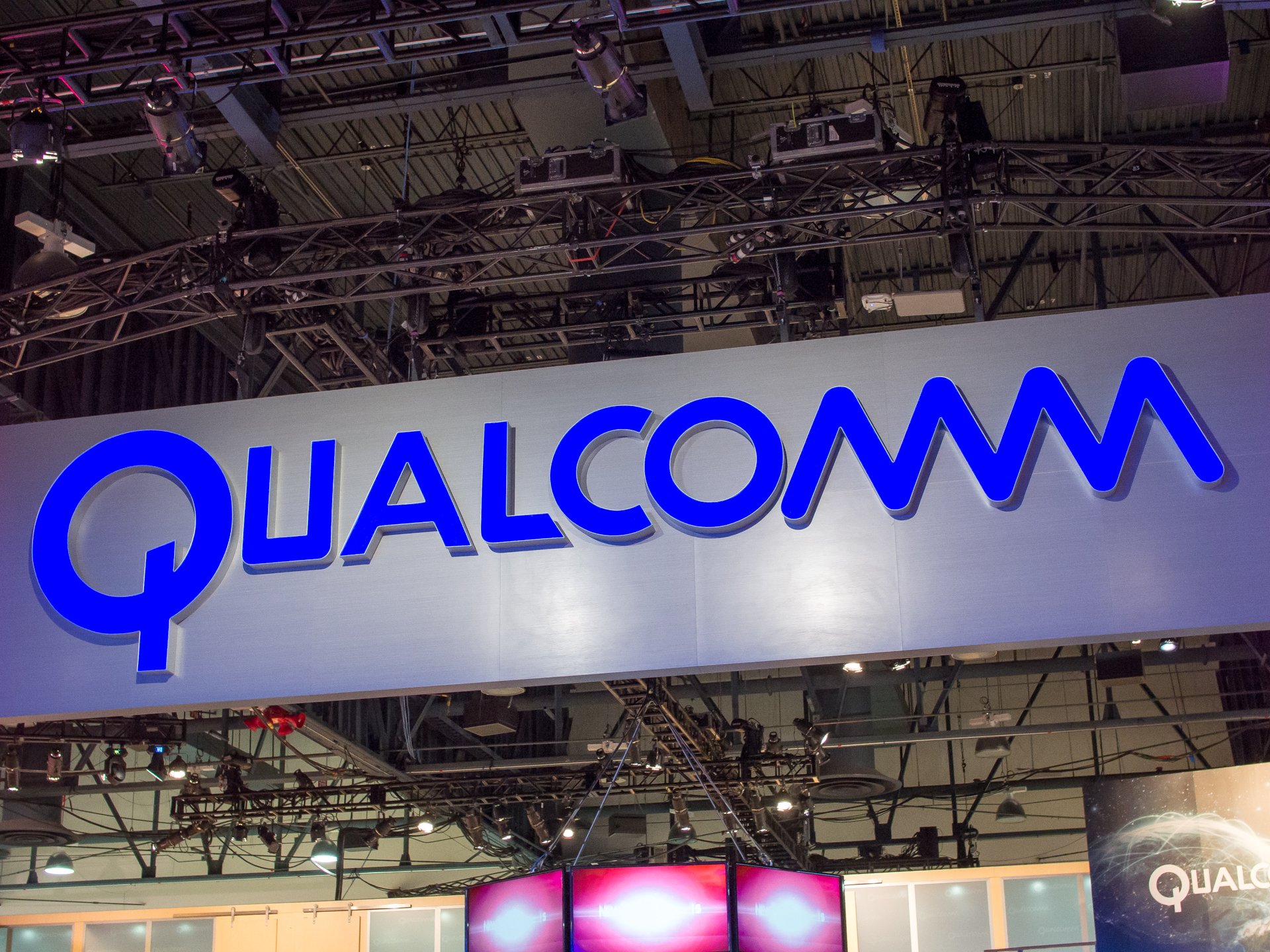Qualcomm and Microsoft partner on version of Windows Server for ARM chips

Qualcomm and Microsoft announced today that they are extending their partnership to include a version of Windows Server built to run on ARM architecture. In particular, Microsoft has developed a version of Windows Server for internal use designed to work on Qualcomm's Qualcomm Centriq 2400 platform.
According to the announcement, Microsoft has been working on this for years. For right now, however, it sounds like this optimized version is only for use at Microsoft's own data centers. That said, Qualcomm promises this partnership will span "multiple future generations of hardware, software and systems."
QDT's OCP submission is the result of a multi-faceted, multi-level engagement between the two companies to facilitate ARM adoption into the data center. It encompasses multiple areas of hardware and software including board development, firmware, operating system, compilers and tools, and CoreCLR.
Microsoft and Qualcomm have been cozying up quite a bit lately, only recently announcing a version of full Windows 10 for ARM is in the works. Built to work on Qualcomm's upcoming Snapdragon 835 chip, this version of Windows 10 will be able to run x86 code code and apps on the ARM architecture, which is pretty impressive. That project is expected to arrive sometime later this year.
All the latest news, reviews, and guides for Windows and Xbox diehards.

Dan Thorp-Lancaster is the former Editor-in-Chief of Windows Central. He began working with Windows Central, Android Central, and iMore as a news writer in 2014 and is obsessed with tech of all sorts. You can follow Dan on Twitter @DthorpL and Instagram @heyitsdtl.
